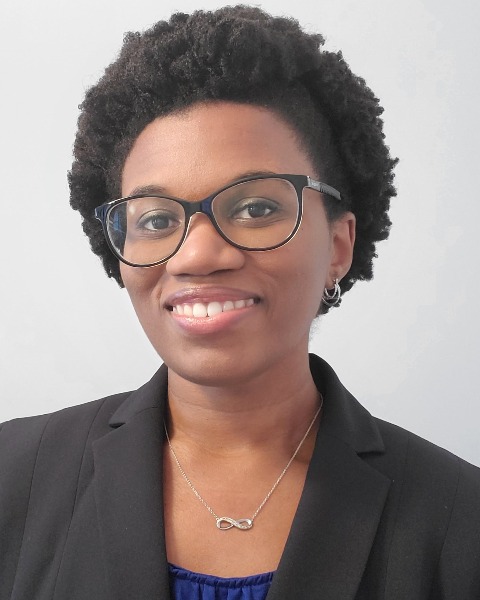Basic Science
Poster Session 3
(881) Gestational inflammation induces a cyclooxygenase-2 dependent disruption of vascular integrity of the placental barrier

Shakeela Faulkner, MD (she/her/hers)
MFM Fellow
Keck School of Medicine of USC
Los Angeles, CA, United States- QZ
Qiuying Zhao, PhD
Zilkha Neurogenetic Institute, Keck School of Medicine, University of Southern California
Los Angeles, CA, United States - HH
Hana Horackova, PhD
Zilkha Neurogenetic Institute, Keck School of Medicine, University of Southern California
Los Angeles, CA, United States - TT
Thea Tagliaferro, MD, MPH
Neonatal Intensive Care Unit, Memorial Care Miller Children's and Women's Hospital
Long Beach, CA, United States - WD
Weiye Dai, MS
Zilkha Neurogenetic Institute, Keck School of Medicine, University of Southern California
Los Angeles, CA, United States - CM
Cara Monroe, MD, MS
Keck School of Medicine of USC
Los Angeles, CA, United States - SM
Sue Ellen Martin, MD
Keck School of Medicine of USC
Los Angeles, CA, United States - WW
William Dean Wallace, MD
Keck School of Medicine of USC
Los Angeles, CA, United States - SW
Saloni Walia, MD
Keck School of Medicine of USC
Los Angeles, CA, United States - AM
Axel Montagne, PhD
UK Dementia Research Institute and Centre for Clinical Brain Sciences, Edinburgh Medical School, University of Edinburgh,
Edinburgh, Scotland, United Kingdom - AB
Alexandre Bonnin, PhD
Zilkha Neurogenetic Institute, Keck School of Medicine, University of Southern California
Los Angeles, CA, United States
Primary & Presenting Author(s)
Coauthor(s)
This study aimed to identify cellular and molecular pathways mediating severe maternal immune activation (MIA) effects on placental permeability and vasculature in a mouse model. Pharmacological and immunohistological methods identified the role of cyclooxygenase-2 (COX2) pathway and cellular localization of COX2 molecular pathway components to identify key players and potential therapeutic targets.
Study Design:
Pregnant mice were injected with saline or a viral mimetic, polyinosinic-polycytidylic acid (polyI:C; 10 mg/kg), to induce inflammation on gestational day 13. After 24 hours, mice either received celecoxib (20 mg/kg) or vehicle only. On gestational day 15, live MRI was performed and specimens collected. Immunohistochemistry was used to evaluate placental pericyte coverage of endothelial cells and cellular localization of key elements of the COX 2 pathway.
Results:
Live MRI revealed that severe MIA increases placental permeability to a gadolinium contrast agent. In vivo pharmacological inhibition experiments demonstrated that this effect is from a COX2-dependent signal which increases macrophage activity and decreases pericyte coverage of endothelial cells in the placental villi. Similar responses were observed in human placental histological samples from patients with infections. Immunohistological studies revealed COX2 expression in decidual cells, microsomal Prostaglandin E synthase-1 (mPGES1) in syncytiotrophoblasts, and Prostaglandin E₂ receptor 3 (EP3) in adjacent pericytes.
Conclusion: Our results suggest that severe gestational MIA activates a decidual COX2 pathway leading to immune activation in placental villi and disruption of the blood-placental barrier integrity via EP3 receptor signaling in pericytes. Disruption of placental vascular structure and permeability may increase the risk of abnormal fetal development and negatively impact long-term health due to exposure to pathogens and inflammatory molecules. These results have implications extending beyond infection as COX2-mediated disruption of pericyte coverage of endothelial cells is observed in in vivo models of preeclampsia.

